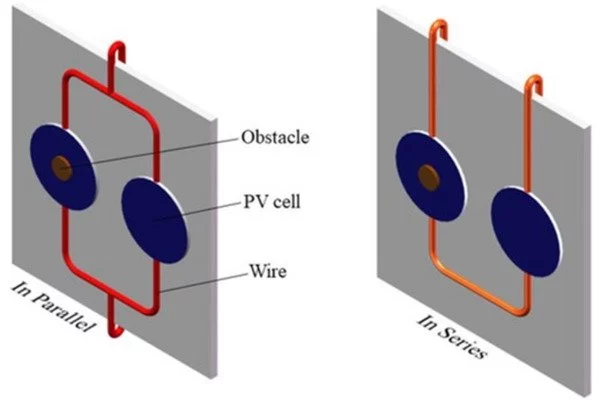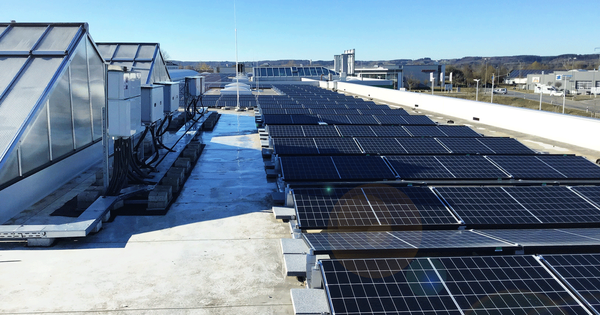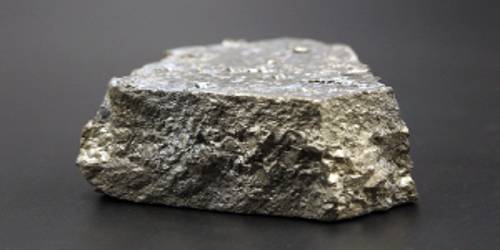Even small objects, such as dust and leaves, can prevent sunlight from reaching solar cells, and understanding how this loss affects power output is critical for optimizing photovoltaic technology. Researchers investigate how different shade conditions affect the performance of single solar cells and two-cell systems linked in series and parallel. They discovered that the drop in output current of a single cell or two cells connected in parallel was nearly identical to the shade-to-sunlight ratio. However, there was an excess of power loss when two cells were run in series.
Large obstacles, like clouds and buildings, can block sunlight from reaching solar cells, but smaller sources, such as dust and leaves, can also create similar problems. Understanding how the loss of incoming radiation affects power output is essential for optimizing photovoltaic technology, which converts light into electricity and is an important contributor to the green energy transition.
In the Journal of Renewable and Sustainable Energy, by AIP Publishing, researchers from Shanghai Polytechnic University, Shanghai Engineering Research Center of Advanced Thermal Functional Materials, and Shanghai Solar Energy Research Center Co. Ltd explored how different shade conditions impact performance of single solar cells and two-cell systems connected in series and parallel.
In the real world, photovoltaic cells are sometimes shaded by obstacles, which significantly alters the amount of incoming light. The degradation effects make power optimization difficult and result in significant power loss.
Huaqing Xie
“In the real world, photovoltaic cells are sometimes shaded by obstacles, which significantly alters the amount of incoming light,” said author Huaqing Xie, of Shanghai Polytechnic University and Shanghai Engineering Research Center of Advanced Thermal Functional Materials. “The degradation effects make power optimization difficult and result in significant power loss.”
Photovoltaics connected in series create a single path with the electrons flowing from one cell into the next. In contrast, cells in parallel provide two lanes for electrons to travel through, then recombine later. In practical applications, networks of solar cells are connected in series and parallel to expand the output current and power capability.

The team found that the decrease in output current of a single cell or two cells connected in parallel was nearly identical to the ratio of shade to sunlight. However, for two cells running in series, there was excess power loss and a rise in temperature, which can cause further output degradation. For example, with 29.6% of the series photovoltaic module in the shade, the current decreased by 57.6%.
“Our study indicates that many factors, including shadow area, shadows on different cells of the module, and the connection of cells and modules, may affect the performance,” said Xie.
Previous studies have explored the consequences of shade on large photovoltaic modules but have largely ignored single cells and simple systems.
“In these complicated systems, shadows on one single cell may play vital role on the system output and reliability,” said Xie. “Therefore, studying single cells or a simple arrangement of two connected cells is necessary for solar panel development.”
In the future, the authors hope to examine the microscopic interaction behaviors and mechanisms in photovoltaic cells subjected to different shadows.
















